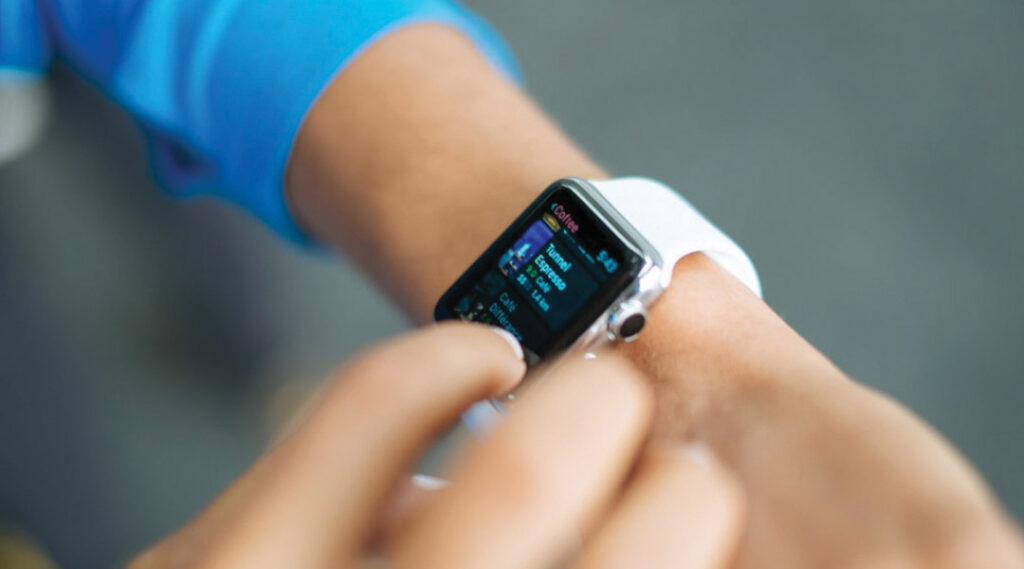Wearable Devices and Data Security

The increasingly connected world brings new conveniences that greatly benefit our everyday lives. No new connected device seems more ubiquitous than wearable devices – According to International Data Corporation (IDC), the wearable market in India observed the total shipments of 2.5 million units in 2016 as per IDC Worldwide Quarterly Wearable Device Tracker. Shipment of smart wearable devices from vendors like Fossil’s, Apple and Samsung grew 23.6% in 2016. These smart watches allow us to access the internet with a flick of the wrist. Wearable health tech like the omnipresent Fitbit and the gadget-class favorite Jawbone help improve the livelihoods of millions with inspiration to move more.
As much as wearables bring value to our lives, they also create a new opportunity for criminals to extract personally identifiable information. Like many other new technologies, security vulnerabilities in wearables are being exposed and potentially exploited.
All the while, it’s important to keep in perspective the human role of identity management in any technology environment.
Depending on the apps you use and the security settings on your phone, your wearable device can tell where you’ve been, who you most recently spoken with, and the passwords to your most private and personal accounts. A new wave of wearable devices are collecting information about you that’s even more personal. Fitness bands like the Jawbone UP, Fitbit Flex, and smart watches like the Moto 360 can measure your heart rate, your precise steps, how you’re sleeping, your sweat, and what you’ve eaten today in addition to your location. And there’s likely a “black market” out there that could make use of this type of health information.
While wearables (and all technology, for that matter) are never 100% secure, there are a number of tactics that can be undertaken to minimize your risk of data theft:
- Opt-out of automatic data transmission that will continually upload information via Wi-Fi or other networks.
- When using a Wi-Fi, stick to known and secure networks.
- Enable passwords and change them regularly. If available, use two-step authentication.
- Physically secure the device if it’s not in use. Particularly, when traveling, utilize hotel safes.
- Take time to learn how to remotely erase data so that the device can be “cleaned” if it’s lost or stolen.
- Make sure to regularly update the operating system in order to patch known security gaps.
Additionally, it’s always a good idea to utilize proactive identity monitoring that tracks suspicious activity of the kind of information stored on wearables like credit card numbers and account numbers. This data can be bought and sold on the dark web and our identity monitoring program scours millions of data points in these black markets and alerts you if your information is detected.
